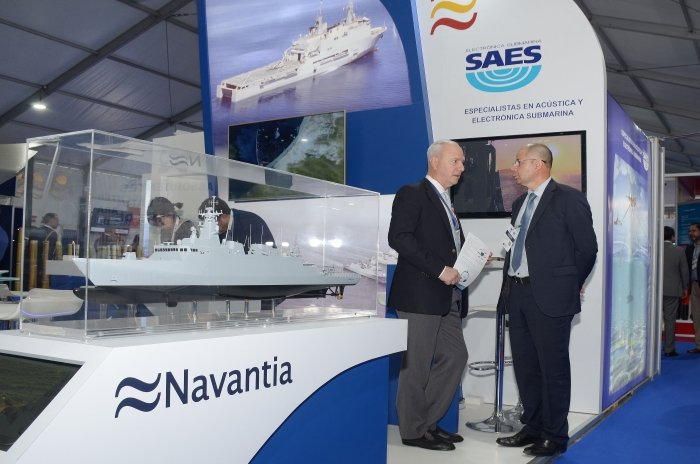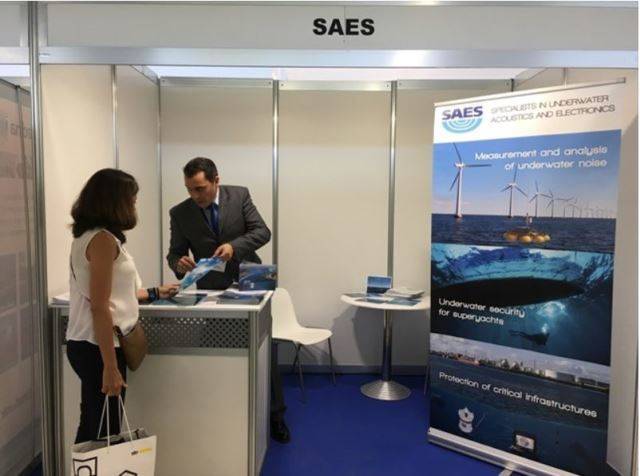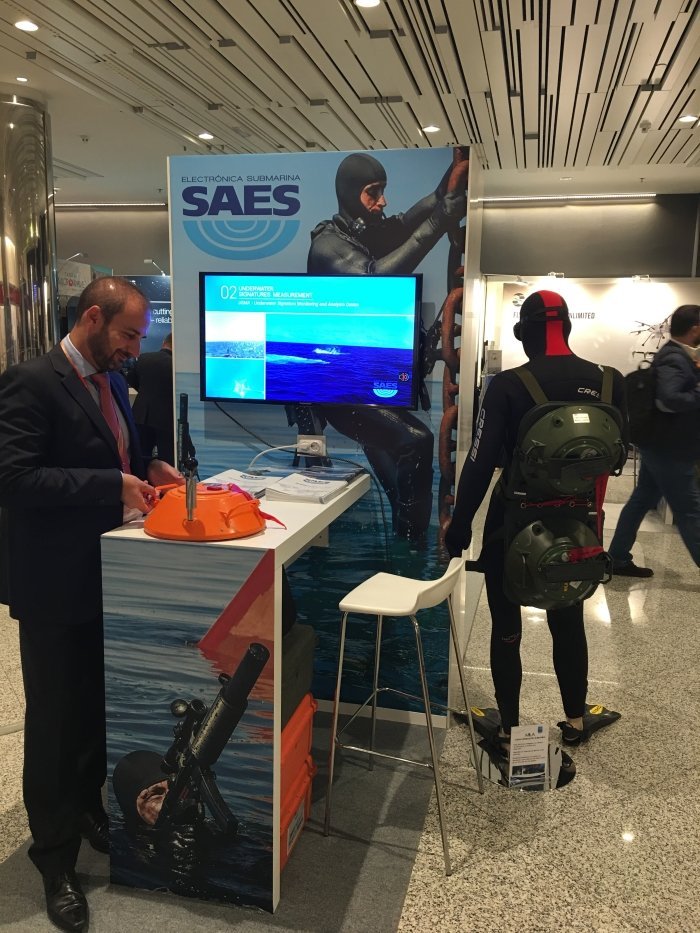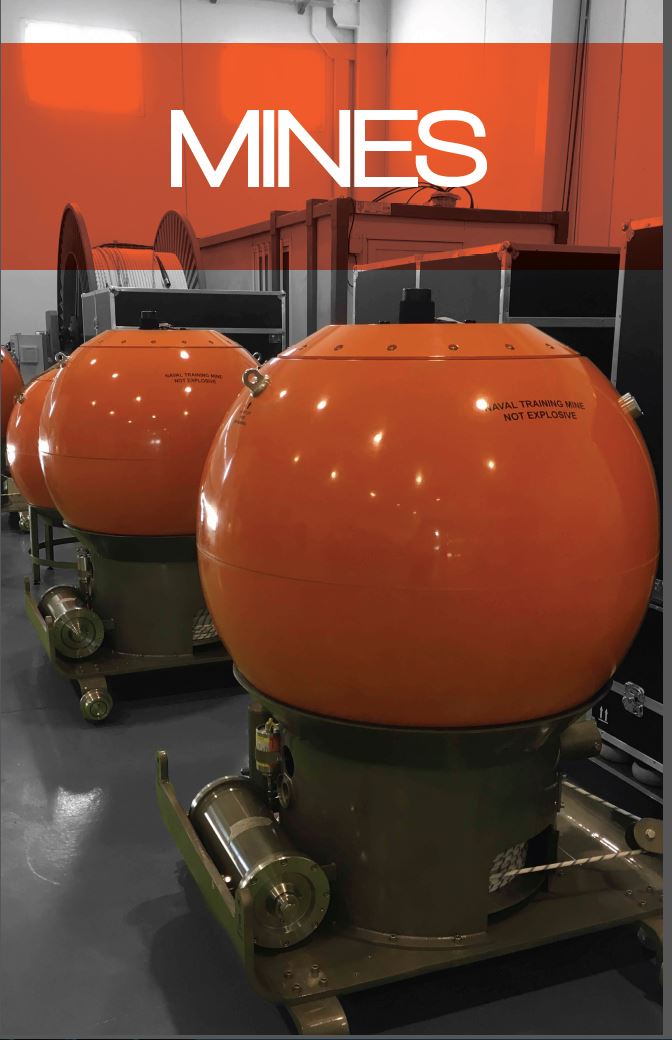 SAES, who exhibits their solutions in a shared-stand together to Navantia, has been visited by the Chilean minister of Defence
SAES, who exhibits their solutions in a shared-stand together to Navantia, has been visited by the Chilean minister of Defence
SAES is participating at the Exponaval International Naval & Marine Exhibition and congress for Latin America, from 4th to 7th December in Valparaiso. The company exhibits together with Navantia in the stand 124a. SAES is the only Spanish company that designs and manufactures anti-submarine warfare systems for all-type of ASW platforms. SAES is internationally renowned in this area. Furthermore, the company is at the forefront of the market in underwater signatures measurement and management.
New ASW challenges, new solutions.
The operative concept of ASW missions has changed due to the emergence of new naval and aerial platforms and the fact the naval forces involved in ASW missions operate closer to the coast.

SAES, based on its wide experience, provides different ASW systems, which are capable of processing digital sonobuoys as well as multi-static processing, in order to improve the threat detection rate.
SPAS system is a solution for MPAs. It is an acoustic system to detect, localize and track submarines and surface ships based on analysis of acoustic signals acquired by deployed passive and active sonobuoys both analog and digital versions. SPAS system works totally integrated into the Tactical Mission Center.
ROASW system is the solution indicated for naval warships and helos. Besides of being an powerful acoustic processor, ROASW provides interoperability among different platforms (surface ships as frigates or corvettes, helicopters, UAVs,etc.) achieving an common operations scenario among all the resources deployed.
Specifically, ROASW and SPAS systems have been commercialized besides of Spain, in Brazil, Chile and Swedish.
Underwater Signature Intelligence
SAES is also experienced in Signature Intelligence and provides systems for MCM platforms.
For instance, MIRS is an advanced portable system that obtains the complete signature (Acoustic, Magnetic and Electrical) of a submarine or surface ship. Furthermore, MIRS can be used to as a discrete device to gather Underwater Signature Intelligence Information or as a tool to verify the ship-signature levels before a mission.


 The studies have been presented at the 49th Spanish Acoustic Technician Congress in Cádiz, which was held simultaneously with Expoacoustic’18. SAES shown their products and services at the exhibition as the only reference in underwater acoustics in Spain.
The studies have been presented at the 49th Spanish Acoustic Technician Congress in Cádiz, which was held simultaneously with Expoacoustic’18. SAES shown their products and services at the exhibition as the only reference in underwater acoustics in Spain.


